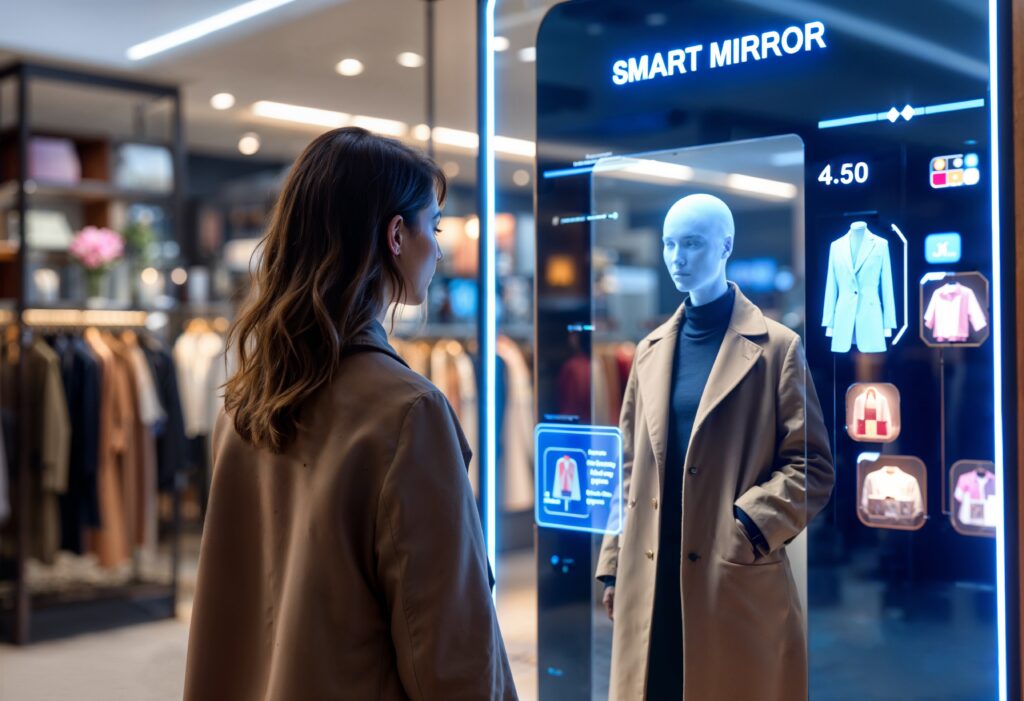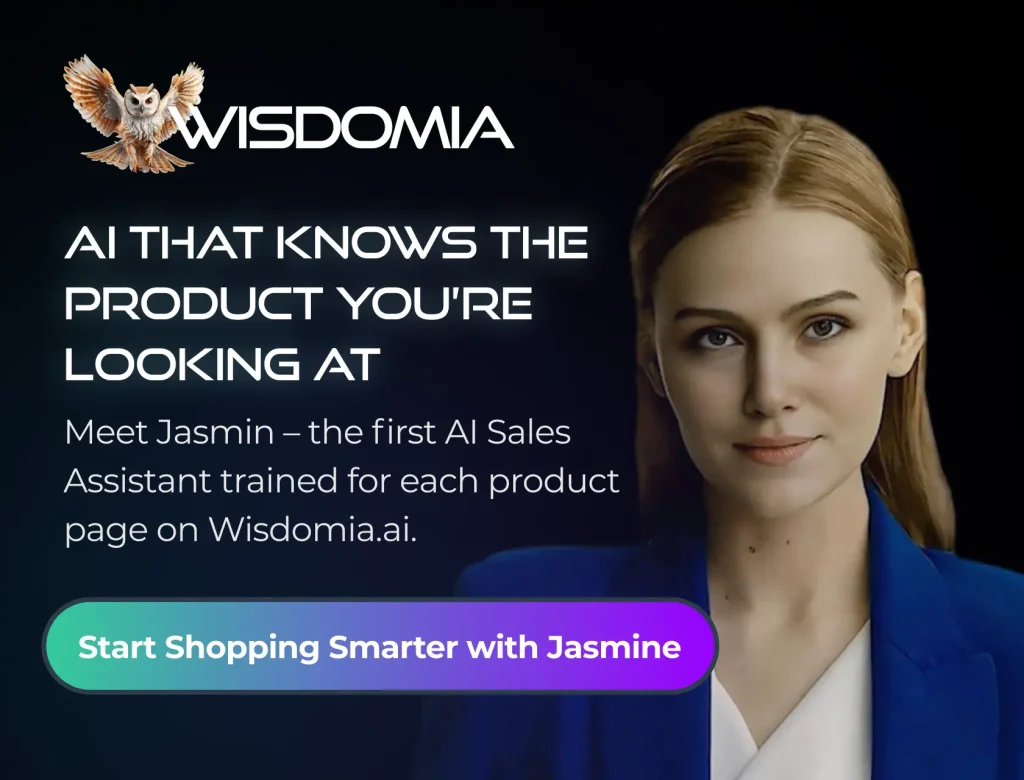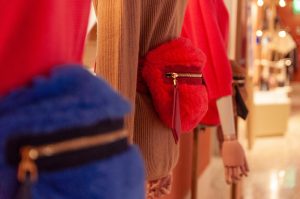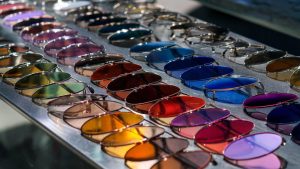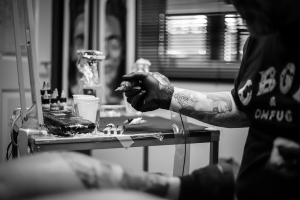From AR-powered smart mirrors at Ralph Lauren, H&M and Sephora, warehouse robotics at Zara, Shoprite’s Checkers in South Africa, and AI-powered assistants at Clinique, retail tech is blurring the lines between digital and physical retail.
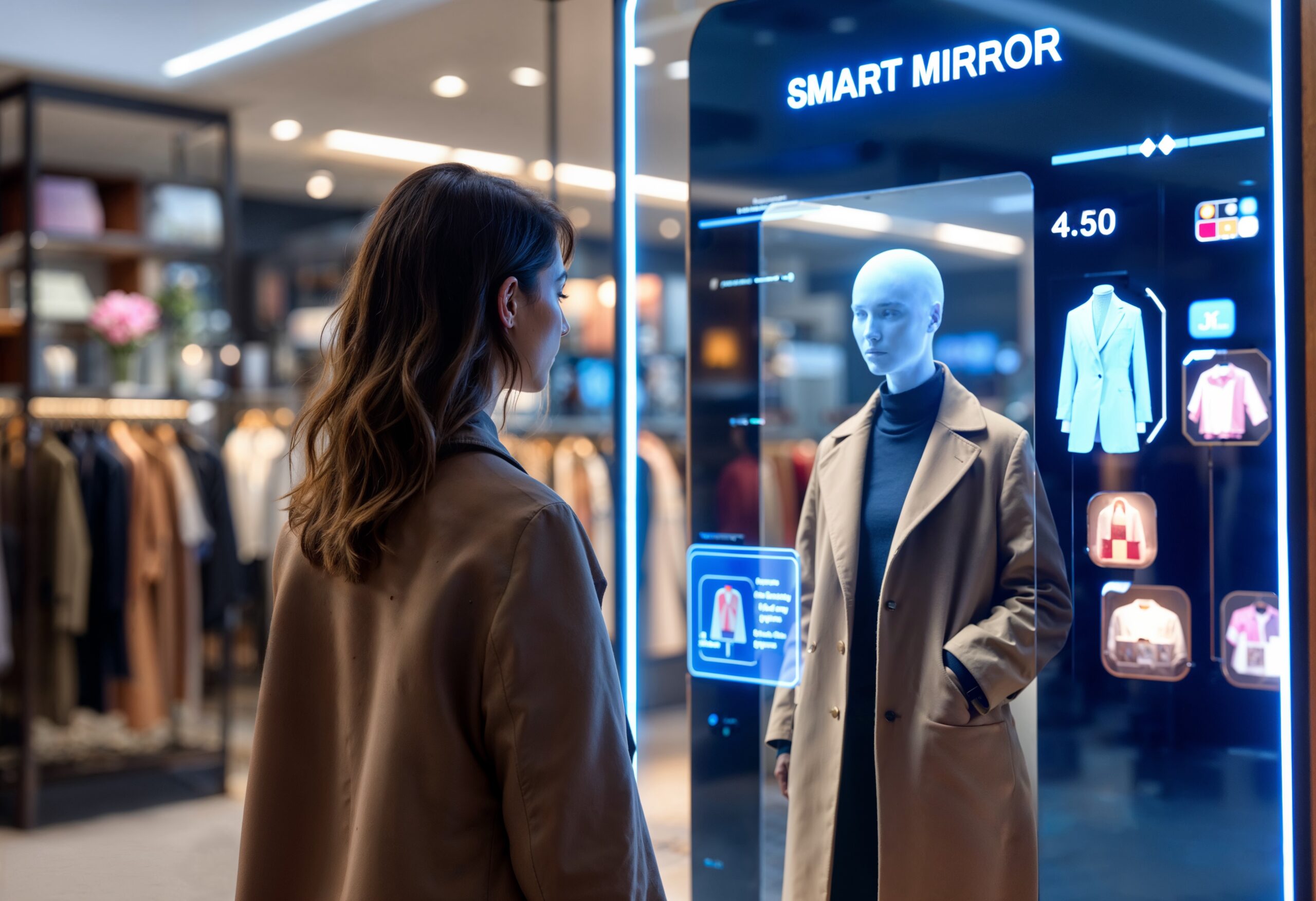
Retail tech trends such as smart mirrors, virtual try-on, makeover apps, and warehouse robotics are not buzzwords—they are shaping the way we shop.
Gone are the days of queues and ill-fit apparel or bad haircuts; shoppers can now try on clothes virtually, see how they will look as a blonde or redhead, receive personalized styling advice, and track their smart cart—all in real-time.
In this article, we’ll explore the retail tech trends that are setting the stage for the next generation of retail experiences.
Smart Mirrors
“Mirror, mirror on the wall. . .” The idea of a mirror not only reflecting your image back to you but also augmenting it is no longer a fairytale. Several fashion retailers have implemented smart mirrors, also called digital mirrors, that help consumers in the try-on stage. Imagine walking into a store fitting room and the “smart” mirror immediately recognizes the item and gives the consumer styling recommendations or helps them request different sizes — in a click. It’s RFID, considered one of the most promising technologies in the retail space, and is implemented in both luxury and fast fashion stores worldwide.
During National Retail Federation Big Show 2025, Burberry CEO Joshua Schulman presented how a luxury sector can benefit from tech-driven innovations while staying true to their core values and aesthetics. The luxury brand introduced advanced technology, including smart mirrors and digital screens installed at their flagship stores in London that significantly improve customer loyalty and engagement.
Coach collaborated with augmented reality platform, ZERO10 for its Tabby Bag campaign,. At Coach, Soho, New York, digital versions of the Tabby Bag were available for try-on through ZERO10 in-store AR smart Mirror and AR Storefront. Customers could try on the digital variations of the Tabby and Photobooth allowed them to download the digital look and share it on social media via the ZERO10 app. Per ZERO10 CEO George Yashin, it’s all about “enabling customers to experience digital fashion and technology in the real world. Retail is “heading to the moment when the AR Mirror will become a fully-functional store itself.”
In-store shopping experiences enabled by RFID and VR technologies are not rolled out exclusively by luxury brands. H&M Group is redefining its in-store experiences and integrating cutting-edge tech in a number of locations, including Stockholm, Seoul, London, and New York. As soon as a customer enters the fitting room, the mirror recognizes the item and offers to request a different size, call a shop assistant or instantly order an item online if it is not available in the store.
L’Oréal launched the Style My Hair app in partnership with ModiFace that allows customers to become a blonde—at least digitally—on live video. The technology colours hair strand by strand to create a realistic look. Not loving being a blonde? Just swipe on the app and become a redhead — or go bald. This technology is beneficial when a colourist lets the client see how the colour will look on them, before committing to the real thing. The same technology can help people see how a new hairstyle will complement their face—or not—before any irreversible cuts are made.
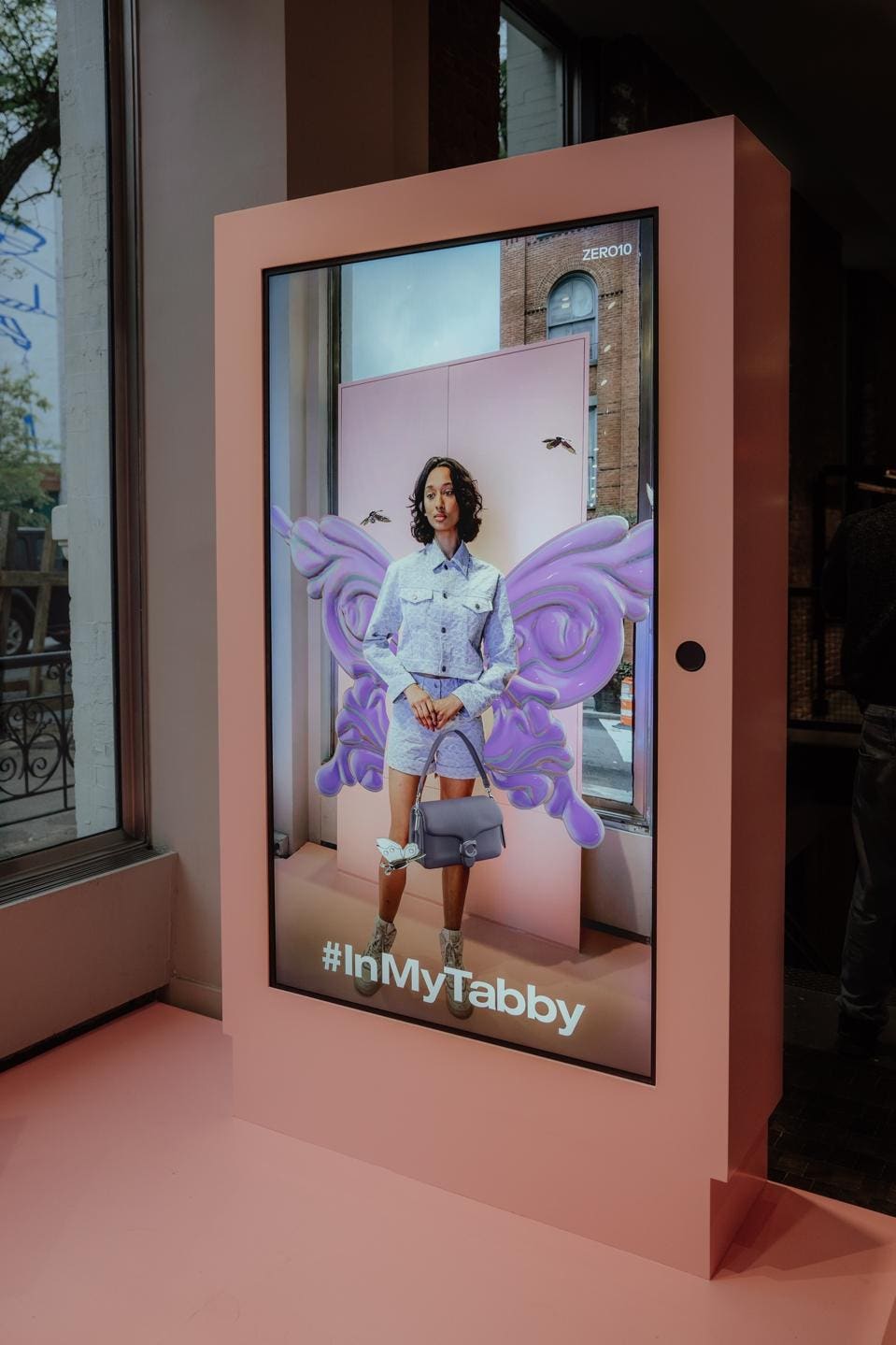
Smart mirror at Coach
Multimodal Chatbots
Multimodal AI can turn a written request into mood-boards, outfit visuals, or styling videos. Agentic AI goes a step further: it can help place an order, suggest pieces to complete the look, check availability in stores, and follow up with personalized styling advice. The State of Fashion 2025 report by McKinsey adds that “82 percent of customers want AI to assist in reducing the time they spend researching what to buy” which is a clear use case for smart chatbots.
Google recently announced AI Mode shopping — the virtual try-on tool, flexible price tracking alerts and an upcoming AI-powered visual style inspiration feature that brings together Gemini capabilities with its Shopping Graph to allow customers to write a request to an AI agent and let it do “its magic”. Based on the request, the AI agent searches for inspiration, watches out for prices, conducts check-outs and any other search that the customer needs in order to make a decision.
The Shopping Graph now has more than 50 billion product listings, from global retailers to local mom and pop shops, each with details like reviews, prices, colour options and availability. The agentic checkout feature will be rolling out shortly in the U.S. Here, when a consumer selects a product, the agentic checkout will help them purchase it at a price that fits their budget. Just tap ‘track price’ on the product listing and set the right size, colour and the desired price. Keep an eye out for a price drop notification and, if you’re ready to buy, just confirm the purchase details and tap ‘buy for me’. Google will add the item to the check-out cart on the merchant’s site and securely complete the checkout with Google Pay.
Virtual Try-On
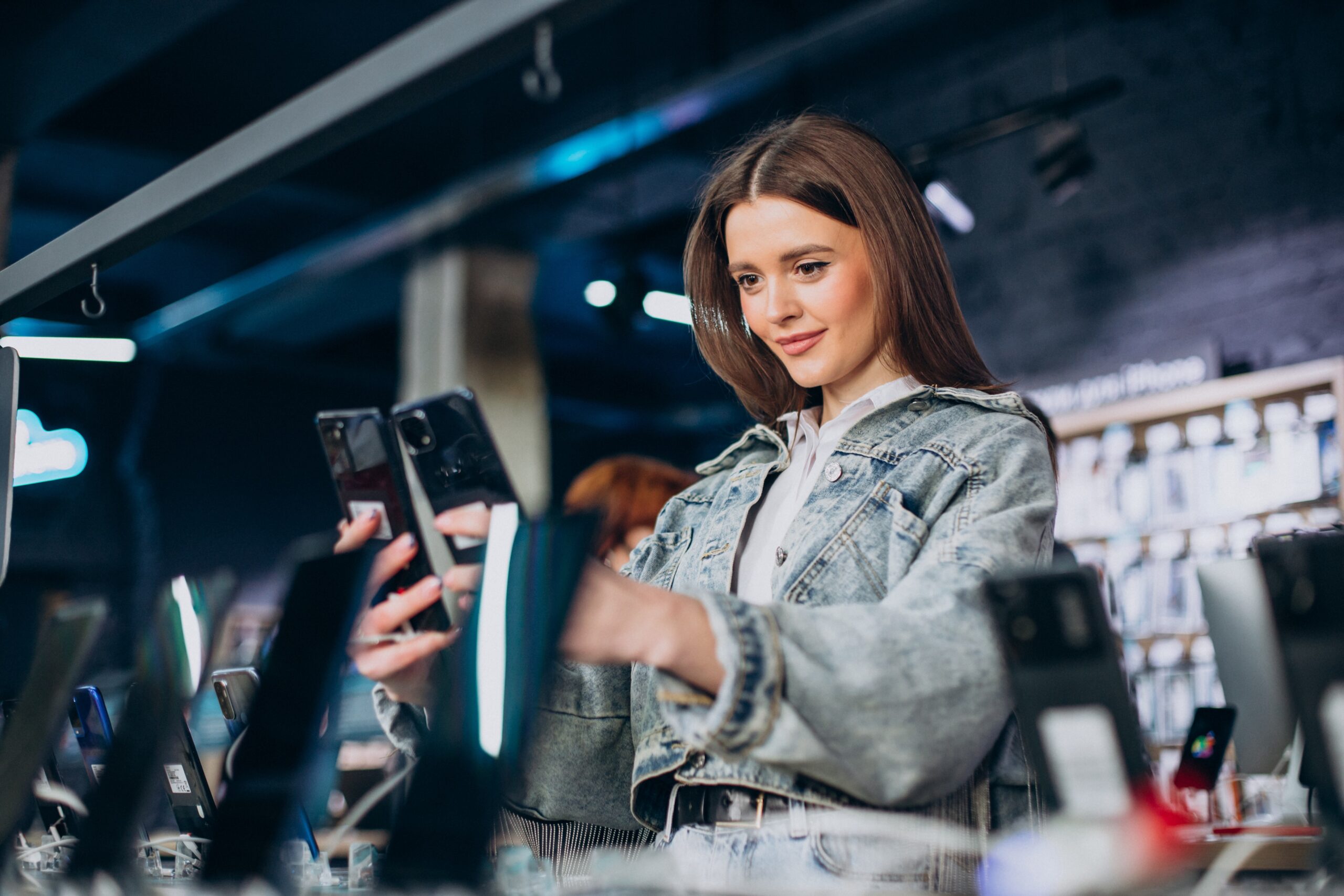
The beauty industry is a pioneer with AR/ VR features, virtual make-up and other interactive features. Traditional in-store sampling has limitations — applying and removing multiple products is time-consuming and raises hygiene concerns. AR mirrors address this by allowing shoppers to ‘try on’ different shades of makeup virtually. This establishes a quick and sanitary try-on process.
Beauty chains are adopting AR mirrors to drive in-store sales and customer loyalty. For example, ModiFace calibrates its rendering by analysing how makeup looks on models of different skin tones, yielding a lifelike result that is nearly indistinguishable from real makeup. Sephora uses smart mirrors with AR technology called Virtual Artist to allow customers to virtually try on makeup. Similarly, L’Oréal, Estée Lauder and Clinique have integrated AR mirrors so that customers can experiment with different looks and products.
Bobbi Brown introduced ‘Artistry Like Never Before’ AR mirrors in select stores, for try-on and a tutorial element, where a virtual Bobbi Brown artist would appear on the mirror to give application tips. Estee Lauder Companies found that this increased customer confidence in application techniques, leading to up to 10× higher conversion than traditional in-store experiences. Per BrandXR Research Report “How Beauty Brands Are Using AR Mirrors to Increase Sales”: ‘Sephora’s AR mirror trials led to an estimated 31% increase in sales, and AR try-on users demonstrate conversion rates up to 90% higher than those who do not engage. Estée Lauder reports that AR experiences yield 2.5 times higher conversion for lipstick purchases, and Clinique’s AI-driven AR mirror increased basket size by 30%.’
Smart Shopping Carts And Checkout Solutions
Checkers, a prominent South African supermarket chain under the Shoprite Group, has introduced the Xpress Trolley—South Africa’s first smart shopping cart. This trolley allows customers to scan items as they shop, view a live running total on a built-in screen, and make payments directly from the cart, bypassing traditional checkout lines. Additionally, the trolley offers in-store navigation assistance, guiding shoppers to product locations within the store. The Xpress Trolley is currently being piloted at Checkers Hyper Brackenfell and Checkers Constantia, with 10 trolleys available at each location.
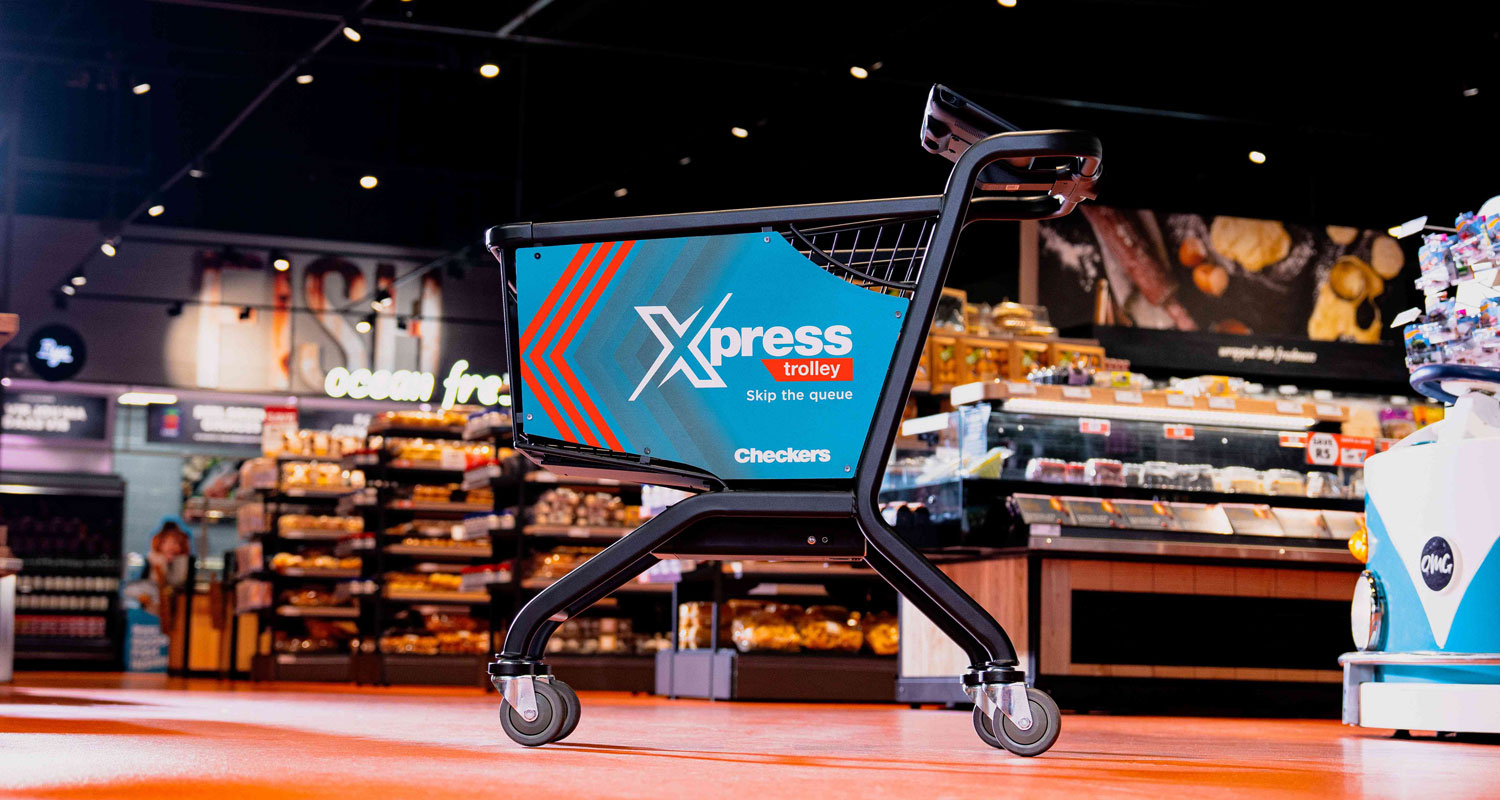
South African supermarket chain Checkers has introduced the Xpress Trolley
Robotics automation
Robotics automation in the retail industry was estimated at US $19.4 billion in 2018, and it is predicted to reach 144.93 billion US dollars by 2026, increasing at a CAGR of 28.96 %. Inditex partnered with Tyco to install microchips in the security tags of its apparel. These microchips enable real-time tracking of garments from production to sale, reducing both overstocking and stock-outs. For instance, Zara can immediately locate an item that is running low in a specific store and restock it from the warehouse.
AI-powered robots also play a crucial role in Inditex click-and-collect services. These robots pick and pack items, speeding up the product handling process. The automation reduces labor costs and increases accuracy and delivery speed. In warehouses, AI algorithms optimise the layout and movement of goods, ensuring that items are stored in a manner that minimises retrieval time and maximises space utilization. This approach is evident in Zara’s logistics centers, where automation and AI work hand-in-hand to ensure that products move seamlessly from production to customer.

Jasmeen Dugal is Associate Editor at FashionABC, contributing her insights on fashion, technology, and sustainability. She brings with herself more than two decades of editorial experience, working for national newspapers and luxury magazines in India.
Jasmeen Dugal has worked with exchange4media as a senior writer contributing articles on the country’s advertising and marketing movements, and then with Condenast India as Net Editor where she helmed Vogue India’s official website in terms of design, layout and daily content. Besides this, she is also an entrepreneur running her own luxury portal, Explosivefashion, which highlights the latest in luxury fashion and hospitality.


